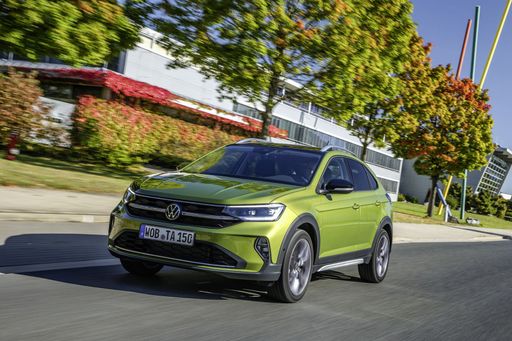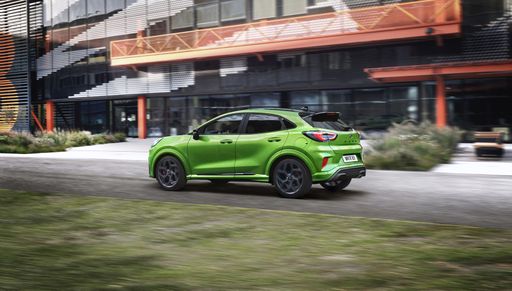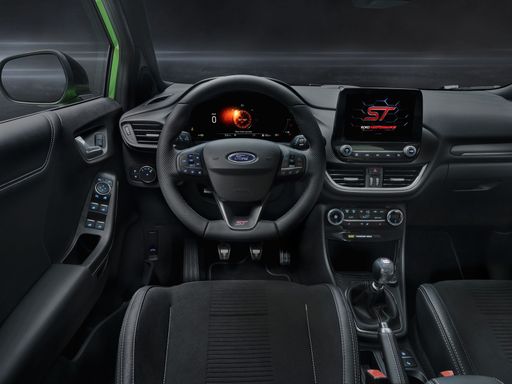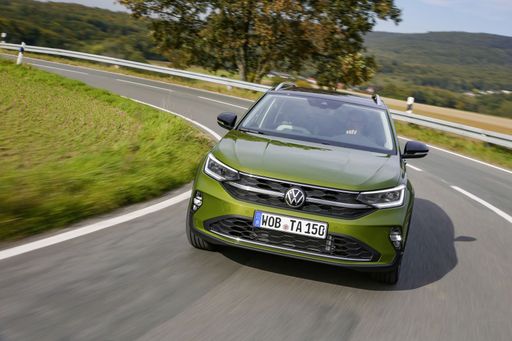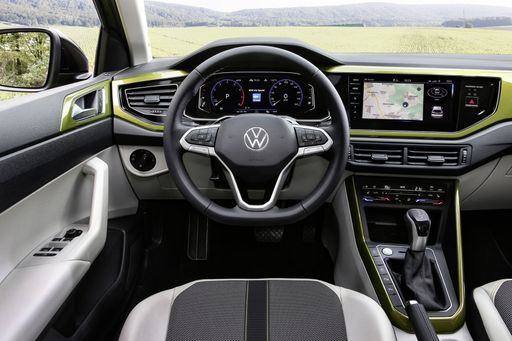Battle of the Compact SUVs: Ford Puma vs. VW Taigo
In the bustling world of compact SUVs, the Ford Puma and VW Taigo are vying for the attention of car enthusiasts and practical buyers alike. Both models bring their distinctive flair and cutting-edge innovations to the table, making the choice between them a fascinating pursuit. Let's dive into the technical details and innovations that set these vehicles apart.

